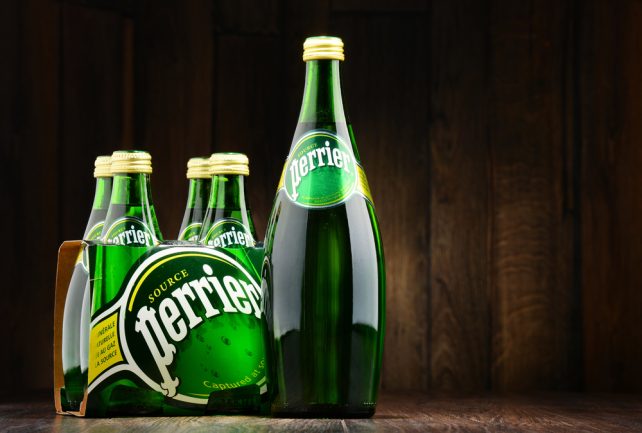
Brie and Camembert rank among the most well-known French cheeses, enjoying popularity both globally and within local markets. In 2023, 8.7 million people in France reported consuming these cheeses “several times a week.” However, researchers Jeanne Ropars and Tatiana Giraud from France’s national research institute CNRS warn that the versions of these cheeses we are familiar with may face extinction.
The specific strain of fungi utilized in the fermentation of these cheeses, an albino variant of Penicillium camemberti, imparts their distinctive flavor and snowy white rind. This particular strain has been extensively cloned since its initial use in producing Camembert wheels, resulting in a genetic consistency that has persisted since its discovery in 1898. Consequently, the albino Penicillium camemberti has not adapted its immune system to combat contemporary diseases, leading Ropars and Giraud to predict that this strain could face extinction within the next decade.
See more: French court to rule on jihadist accused of holding journalists hostage in Syria
Nevertheless, this does not imply that Brie and Camembert would disappear entirely. Prior to the introduction of the albino Penicillium camemberti, these cheeses underwent natural fermentation processes instead of being inoculated with a specific fungal strain in a controlled setting. Ropars and Giraud propose that reverting to the cheese-making techniques of the early 19th century could initiate the sexual reproduction of fungi, potentially enhancing their immunity to environmental changes.
The resulting cheeses may not resemble the modern, fluffy white varieties but could feature a spectrum of vibrant crusts—blue, green, or even orange.
If given the option between unique, colorful cheeses or no cheese at all, which would you prefer?



